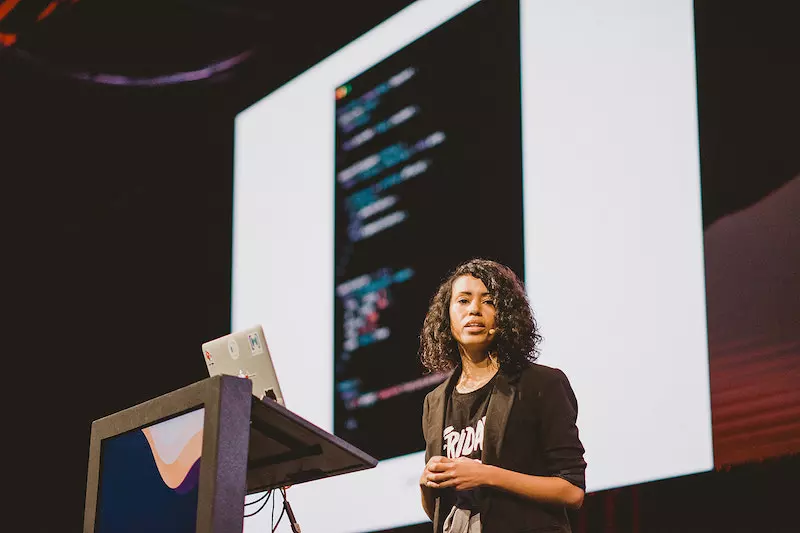React
La bibliothèque pour des interfaces utilisateurs web et natives
Créez des interfaces utilisateurs à l’aide de composants
React vous permet de construire des interfaces utilisateurs à partir de briques individuelles appelées composants. Créez vos propres composants tels que , , et . Puis combinez-les pour produire des écrans, pages et applis entières.
Que vous travailliez dans votre coin ou avec des milliers d’autres développeur·se·s, l’utilisation de React est la même. React est conçu pour vous permettre de combiner sans effort des composants produits par des acteurs distincts, qu’il s’agisse de personnes, d’équipes ou d’organisations entières.
Write components with code and markup
React components are JavaScript functions. Want to show some content conditionally? Use an statement. Displaying a list? Try array . Learning React is learning programming.
This markup syntax is called JSX. It is a JavaScript syntax extension popularized by React. Putting JSX markup close to related rendering logic makes React components easy to create, maintain, and delete.
Add interactivity wherever you need it
React components receive data and return what should appear on the screen. You can pass them new data in response to an interaction, like when the user types into an input. React will then update the screen to match the new data.
You don’t have to build your whole page in React. Add React to your existing HTML page, and render interactive React components anywhere on it.
Go full-stack
with a framework
React is a library. It lets you put components together, but it doesn’t prescribe how to do routing and data fetching. To build an entire app with React, we recommend a full-stack React framework like Next.js or Remix.
React is also an architecture. Frameworks that implement it let you fetch data in asynchronous components that run on the server or even during the build. Read data from a file or a database, and pass it down to your interactive components.
Use the best from every platform
People love web and native apps for different reasons. React lets you build both web apps and native apps using the same skills. It leans upon each platform’s unique strengths to let your interfaces feel just right on every platform.
Stay true to the web
People expect web app pages to load fast. On the server, React lets you start streaming HTML while you’re still fetching data, progressively filling in the remaining content before any JavaScript code loads. On the client, React can use standard web APIs to keep your UI responsive even in the middle of rendering.
Go truly native
People expect native apps to look and feel like their platform. React Native and Expo let you build apps in React for Android, iOS, and more. They look and feel native because their UIs are truly native. It’s not a web view—your React components render real Android and iOS views provided by the platform.
With React, you can be a web and a native developer. Your team can ship to many platforms without sacrificing the user experience. Your organization can bridge the platform silos, and form teams that own entire features end-to-end.
Upgrade when the future is ready
React approaches changes with care. Every React commit is tested on business-critical surfaces with over a billion users. Over 100,000 React components at Meta help validate every migration strategy.
The React team is always researching how to improve React. Some research takes years to pay off. React has a high bar for taking a research idea into production. Only proven approaches become a part of React.
Join a community
of millions
You’re not alone. Two million developers from all over the world visit the React docs every month. React is something that people and teams can agree on.








This is why React is more than a library, an architecture, or even an ecosystem. React is a community. It’s a place where you can ask for help, find opportunities, and meet new friends. You will meet both developers and designers, beginners and experts, researchers and artists, teachers and students. Our backgrounds may be very different, but React lets us all create user interfaces together.























